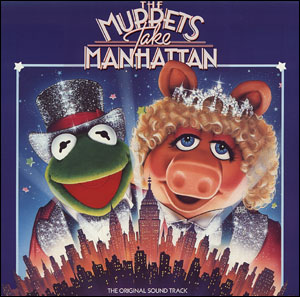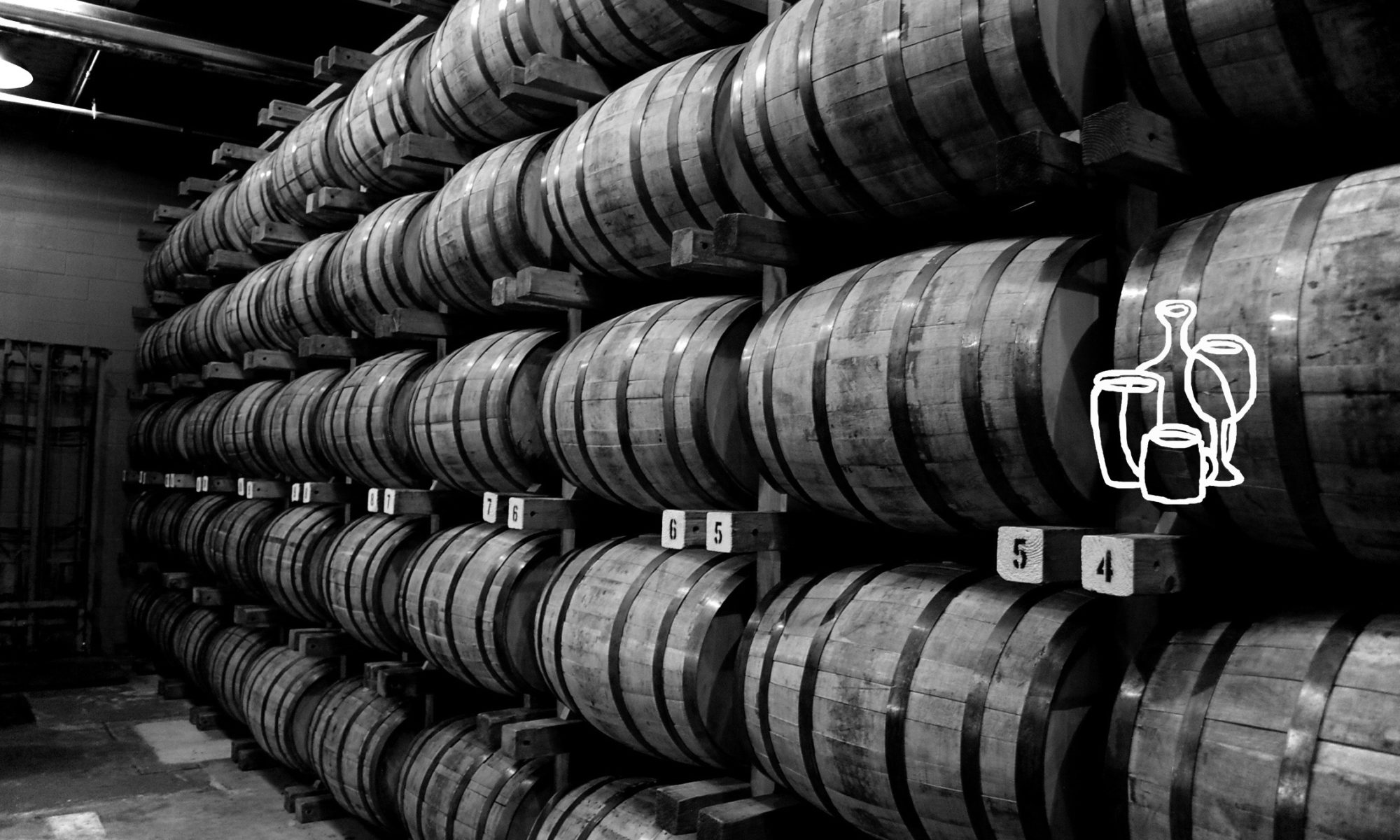
First off, I promise not to use the term “The Manhattan Project” or say “I’ll Take Manhattan” in the course of this post. I won’t even say “The Muppets Take Manhattan,” though I may burst out with a rendition of that “Man or Muppet” song from the recent Muppet movie. It rocks. What I most certainly will do, however, is talk about this great cocktail and the many ways to find a variation of it that suits your tastes. The Manhattan may be the very epitome of the term “classic cocktail” (yes, even more so than the revered Martini), but it also serves as a foundation for endless exploration and customization. The base idea is 2 parts rye (no bourbon, please), 1 part sweet vermouth (try Dolin, try Cocchi, you will be amazed by the distinctions), a few dashes of bitters, and… that’s it. It’s simple. It’s strong. It’s balanced. It’s deep. It’s perfect, yet…
 Once you’ve got the base concept down, the fun begins. The Wall St. Journal recently published a great overview of the different components and how you can mix and match them. Even just sticking with the notion of 2:1 whiskey to vermouth, you can get a lot of variation based on the particular whiskey or vermouth you use. And please don’t forget the bitters. Those precious dashes do wonders for the drink, and with all the interesting new bitters out there, you can put an interesting twist on the drink with that small component alone.(Side note: I personally prefer shaking over stirring, but you’ll find devotees on both sides of that fence.)
Once you’ve got the base concept down, the fun begins. The Wall St. Journal recently published a great overview of the different components and how you can mix and match them. Even just sticking with the notion of 2:1 whiskey to vermouth, you can get a lot of variation based on the particular whiskey or vermouth you use. And please don’t forget the bitters. Those precious dashes do wonders for the drink, and with all the interesting new bitters out there, you can put an interesting twist on the drink with that small component alone.(Side note: I personally prefer shaking over stirring, but you’ll find devotees on both sides of that fence.)
Bartenders have cooked up a nearly infinite number of drinks that depart from the basic Manhattan 2:1 ratio in interesting ways. My favorite variation is a relatively minor but highly impactful tweak. Cut the vermouth in half (and preferably use its close cousin, Punt e Mes), add 1/4 oz Luxardo Maraschino Liqueur, and you have a Red Hook. The Luxardo adds a sprinkling of magical pixie dust that elevates the drink just a notch beyond perfection. (This one goes to 11) Some call for 1/2oz of the stuff, but I think that overwhelms the balance of the drink, basically coating your tongue in that pixie dust. Not good.
One twist I hadn’t seen before shows up in this nice little video from Liquor.com and Dushan Zaric of Employees Only in New York. His spin on the drink dramatically amps up the vermouth to rye ratio, and adds in some Grand Marnier for a deep orange detour. Sounds like a trip worth taking, but calling it a Manhattan is a bit of a stretch.
You like things dark, brooding and murky? Take out the Manhattan’s sweet vermouth, use 3/4oz Averna, and you’ve got a Black Manhattan. Crisper and drier? 1.5 oz bourbon, 1.5oz bianco vermouth, and a lemon peel twist makes a Bianco Manhattan. There’s the Brooklyn, the Little Italy, the Greenpoint. If it’s a New York neighborhood, there’s probably a Manhattan variation with that name. Now whether these are truly Manhattan variations, or simply clever drinks that bear a passing resemblance to the original in one or two discrete components… that’s a debate worth having over a cocktail.
Here’s the recipe and some thoughts on my personal favorite, The Red Hook:
2oz rye (I like Rittenhouse Rye Bottled in Bond, a tremendous value at $15-$18)
1/2oz Punt e Mes (or your favorite sweet vermouth – Punt e Mes brings a nice bitterness)
1/4oz Luxardo Maraschino Liqueur
Stir or shake over ice (I like the body that shaking provides) and strain into a chilled glass. A Luxardo cherry makes a nice garnish but is not a necessity.
Oh, and here are a few videos from Liquor.com – the one for the Employees Only Manhattan, and one for a nice Rob Roy as well (a Scotch variation on the Manhattan):




